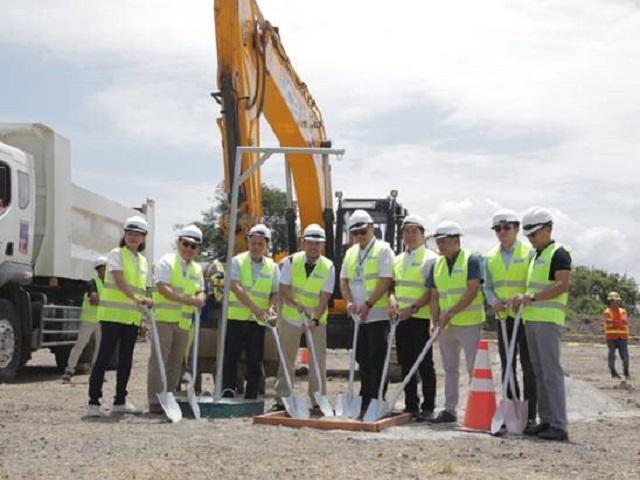Metro Pacific’s MPCALA breaks ground for CALAEx Cavite segment

IMUS, Cavite — Pangilinan-led Metro Pacific Tollways Corporation's (MPTC) unit MPCALA Holdings Inc. on Wednesday broke ground for the Cavite segment of the Cavite-Laguna Expressway (CALAEx).
CALAEx's Cavite segment comprises 27 kilometers of the 45-kilometer tollroad.
The projects begins from Kawit and will traverse Imus Open Canal, Governor's Drive, Damarinas, Aguinaldo Highway, and Silay, which will connect to the Laguna segment.
The groundbreaking ceremony was led by MPCALA officials and Public Works Secretary Mark Villar.
"The DPWH team and the 'Build, Build, Build' team are truly making the Public Private Partnership work with ease as we witness another milestone for CALAEx," Villar said.
The Cavite segment has an estimated cost of P12 billion. The tollroad will feature automatic license plate recognition system, which will provide additional vehicle identification to enable barrier-less entry.
It will also have an radio frequency identification for efficient lane throughput, weigh in motion sensors to detect overloaded vehicles, IP-based speed detection cameras, and HD CCTVs covering the entire expressway for traffic monitoring and incident detection.
Meanwhile, the construction of the Laguna segment is ongoing. The Laguna segment is comprised of Sta. Rosa exiting to Mamplasan, Binan towards the South Luzon Expressway.
The CALAEx is expected to be completed in 2020. Upon completion, the expressway is seen to reduce travel time from 2.5 hours to under 45 minutes and will help decongest approximately 50,000 cars.
"With the Laguna segment well underway and substantially completed by July this year, we will simultaneously, push for the Cavite segment to meet Laguna in a timely manner," Villar said.
"The Laguna segment now in full swing will employ up to 12,000 personnel, and we expect to additionally employ close to 1,300 site and office personnel as construction progresses for the Cavite segment," MPCALA president and general manager Roberto Bonita said.
The public-private partnership CALAEx was awarded to MPCALA in 2015. It has concession period of 35 years, including five years for design and construction. — BM, GMA News




